Initial determination of the cause of shrimp death
In April 2024, in the brackish water shrimp farming area in Quynh Luu district, Nghe An, there was an unusual shrimp death situation. Nghe An provincial authorities conducted inspections and took samples for testing to find the cause of the disease.
Realtime PCR test results in households with shrimp deaths showed that all samples were negative for common shrimp diseases including white spot syndrome virus (WSSV), acute hepatopancreatic necrosis disease (AHPND), white feces, yellow head, etc.
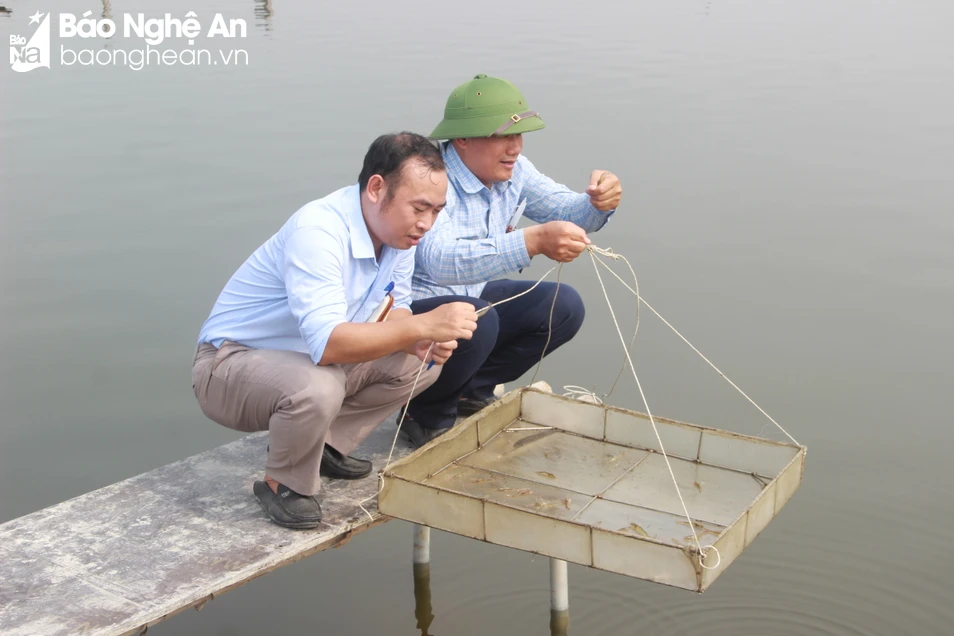
There was only one sample that tested positive for EHP microsporidia in shrimp of Mr. Ho Van Trung's family, Quynh Bang commune, Quynh Luu district. This is a common disease in shrimp, also causing shrimp mortality but at a low rate, mainly causing slow growth of shrimp, long farming time, and increased investment costs.
Mr. Tran Vo Ba - Deputy Head of the Department of Animal Husbandry and Veterinary Medicine said: The samples from the dead shrimp area in Quynh Luu have now tested negative for common shrimp diseases, only 1 sample was positive for EHP microsporidia, but it is also a small percentage and this is not a new disease, there is a treatment method.
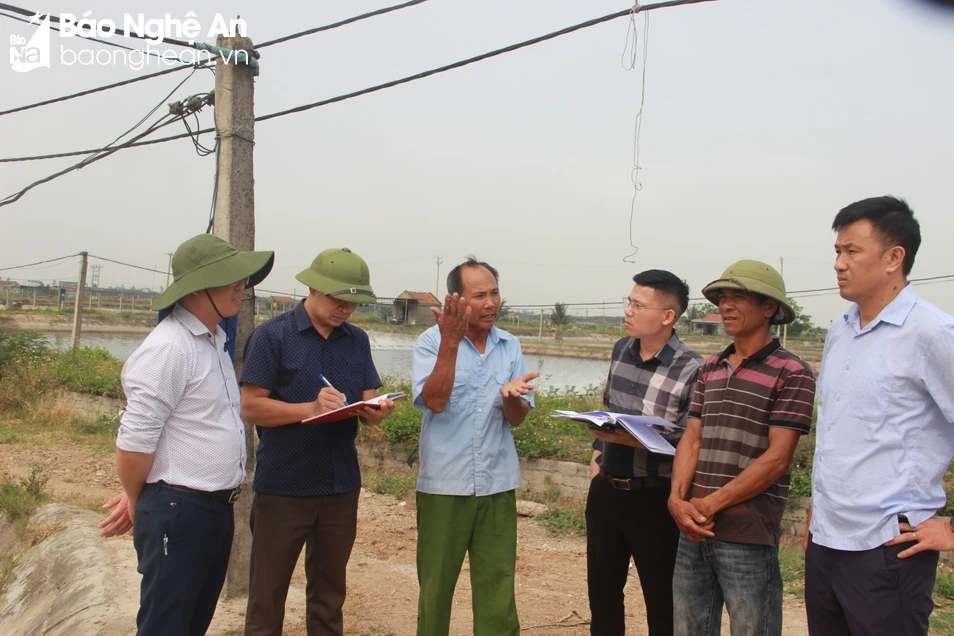
A representative of the Veterinary Department of Region III said: In China, a new disease has appeared on shrimp called TPD opacity disease in shrimp larvae with symptoms such as white, transparent hepatopancreas and intestines, pale and shrunken body. After the phenomenon of shrimp deaths in Quynh Luu district, the unit also sent samples to the Central Veterinary Diagnosis Center for testing for this new disease but the results were negative.
From the test results of the professional agency, it can be seen that the shrimp deaths in Quynh Luu are most likely not due to disease but due to shortcomings and weaknesses in farming methods as well as shrimp farming infrastructure in this area.
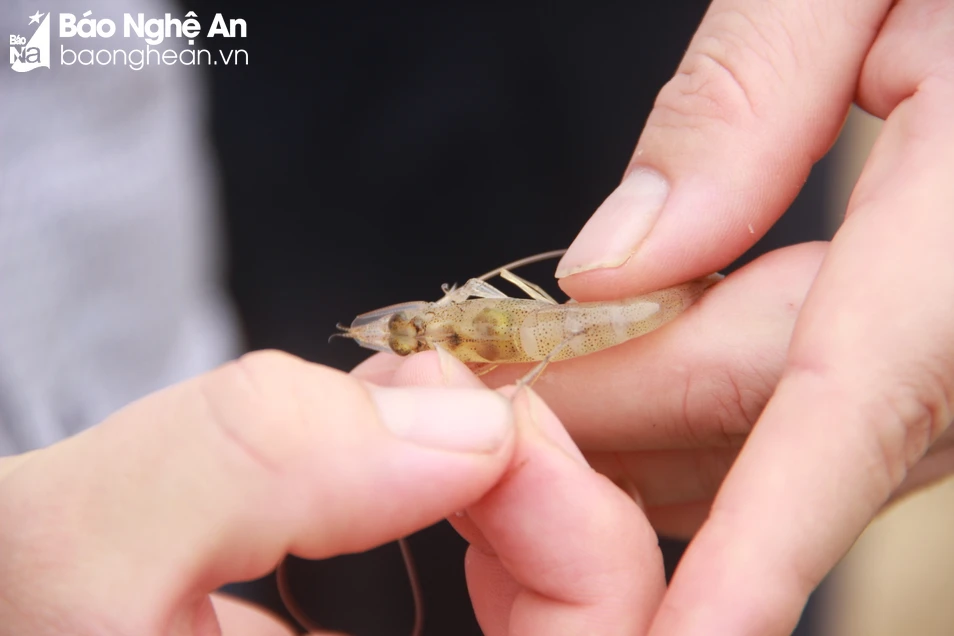
Through actual inspection by the authorities, it was found that the areas where shrimp died in the communes of Quynh Bang, Quynh Thanh... in Quynh Luu district had many limitations in the farming process. According to the report on the current situation of shrimp farming communes, the proportion of shrimp imported from reputable companies and hatcheries with full quarantine papers only accounted for about 30 - 40%, the remaining shrimp were bought by people floating on the market. Therefore, releasing poor quality shrimp with weak resistance is also one of the causes of shrimp death.
In addition, in areas where shrimp diseases occur, there is a common situation of releasing shrimp earlier than the schedule recommended by professional agencies. Accordingly, the main shrimp release schedule for the 2024 season is from April 1, but in mid-March 2024, many households released shrimp seeds earlier. This has affected the growth and development of shrimp. The fact that people and commune authorities are slow to report the death of shrimp to the authorities also makes it difficult to save the shrimp.
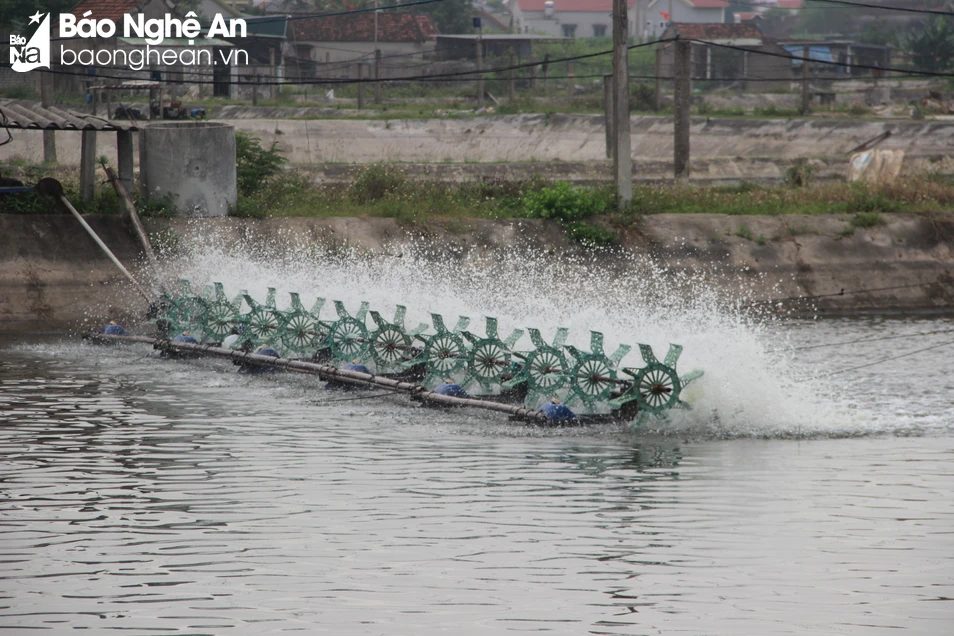
Currently, the whole district of Quynh Luu has about 500 hectares of shrimp in 14 communes, of which about 10% of the area is raised using high technology and has received large investments. The remaining area is still raised using traditional methods and the phenomenon of shrimp deaths only occurs in this shrimp farming area. In fact, the traditional shrimp farming area in the district has existed for a long time, the farming infrastructure is no longer guaranteed, many shrimp ponds are damaged. In addition, the water source and shrimp farming environment in recent years have not been guaranteed, making shrimp susceptible to diseases and sporadic deaths in recent years.
Tighten management of shrimp farming
According to the report of the Department of Agriculture and Rural Development, the area of shrimp farming up to now in the whole province is estimated at about 1,304 hectares; some farming areas in Quynh Xuan, Quynh Loc, Quynh Di wards - Hoang Mai town have had white spot disease in shrimp with an area of about 5.25 hectares; in the farming areas in Quynh Bang commune - Quynh Luu district, Dien Kim commune - Dien Chau district, over 2.2 hectares of shrimp farming area have died after 3-12 days of stocking.
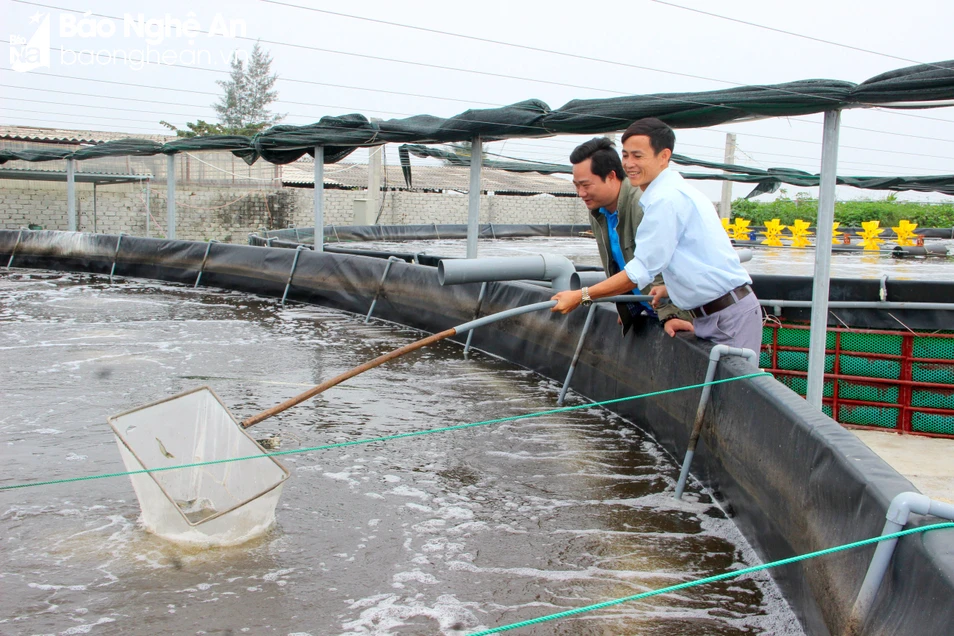
Mr. Tran Xuan Hoc - Deputy Director of the Department of Agriculture and Rural Development said: The weather is in the transitional period, with erratic rain and sunshine, large temperature differences between day and night, and sudden changes in the environment in the pond, making farmed shrimp susceptible to shock and susceptible to pathogens. Therefore, shrimp farming in this sensitive period requires close supervision by authorities, local authorities as well as awareness and investment from shrimp farming households, especially in terms of environmental inspection, seed sources, etc.
Currently, the Department of Agriculture and Rural Development has also issued Official Dispatch No. 1623/SNN-TSKN on strengthening management and disease prevention in brackish water shrimp farming. Requesting the People's Committees of coastal districts, cities and towns to direct organizations and individuals participating in shrimp farming to properly clean ponds, the farming environment and carry out production in the right season, complying with the State's processes and regulations. Coordinate with relevant units to properly manage input materials (seedlings, feed, environmental treatment products, etc.). Monitor and grasp the situation of shrimp farming to have a plan for coordination and timely advice and direction. Allocate reserve funds to purchase chemicals and lime to treat disease outbreaks.
Continue to pay attention to and promote the application of new technological processes in shrimp farming in the area such as multi-stage farming processes, closed-loop farming processes, biosafety shrimp farming, high-tech shrimp farming, etc. to improve productivity, quality and production efficiency.
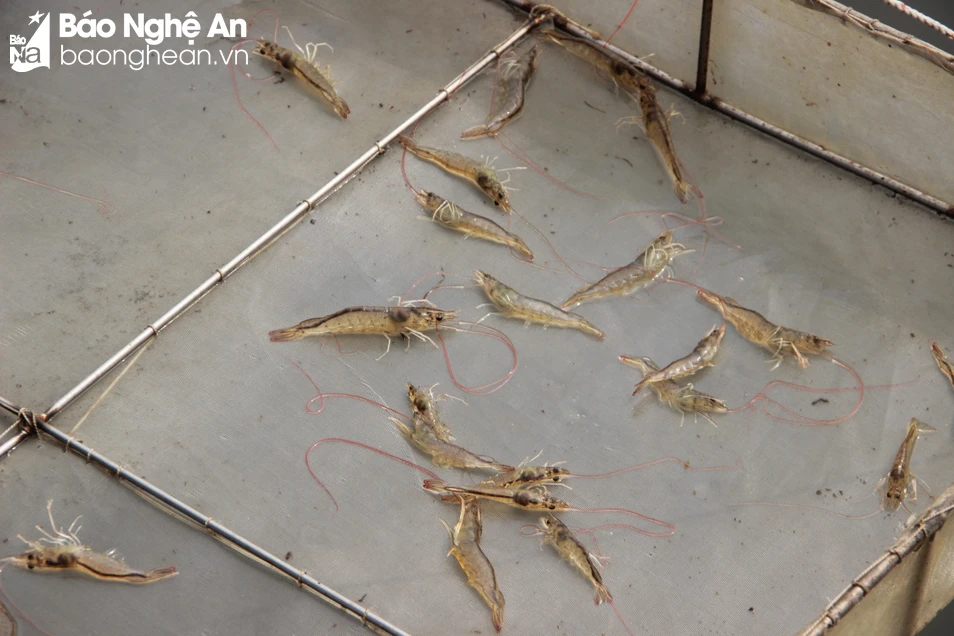
The competent authorities (Department of Animal Husbandry and Veterinary Medicine; Department of Fisheries and Fisheries Control) need to strengthen the quarantine of shrimp seeds imported and exported from the province and strictly handle all violations of shrimp seed quarantine according to current regulations. Organize inspection and monitoring of dangerous diseases circulating in farmed shrimp in key farming areas, high-risk areas, and seed production facilities to warn and deploy appropriate and effective disease prevention and control measures...
Closely monitor weather developments and grasp environmental monitoring information in shrimp farming areas, especially the environment in key shrimp farming areas to promptly inform farming facilities of adverse environmental conditions and recommend appropriate environmental treatment measures, minimizing damage to shrimp farmers...
Mr. Tran Anh Tuan - Deputy Head of the Veterinary Department of Region III said: Currently, the Department of Animal Health - Ministry of Agriculture and Rural Development has issued Official Dispatch No. 806/TY-TYTS on reviewing and reporting the phenomenon of early shrimp deaths suspected to be caused by TPD (opaque disease in shrimp larvae) and implementing prevention and control measures. Accordingly, although it has not appeared yet, the risk of TPD entering Vietnam is very high. In Nghe An province, through taking samples for testing in the area where shrimp died, the results have been negative for this disease. However, aquaculture farmers and local authorities must not be subjective about this dangerous disease. It is necessary to closely monitor farmed shrimp, report to the authorities as soon as possible when there are unusual signs for timely handling, avoiding the situation of late reporting causing shrimp damage as in the past.
Source




![[Photo] President Luong Cuong receives delegation of the Youth Committee of the Liberal Democratic Party of Japan](https://vstatic.vietnam.vn/vietnam/resource/IMAGE/2025/8/22/2632d7f5cf4f4a8e90ce5f5e1989194a)







![[Photo] Scientific workshop "Trade unions with the task of participating in state management and building a socialist rule of law state"](https://vstatic.vietnam.vn/vietnam/resource/IMAGE/2025/8/22/789f6384ec37466098a8bcb531deb281)







































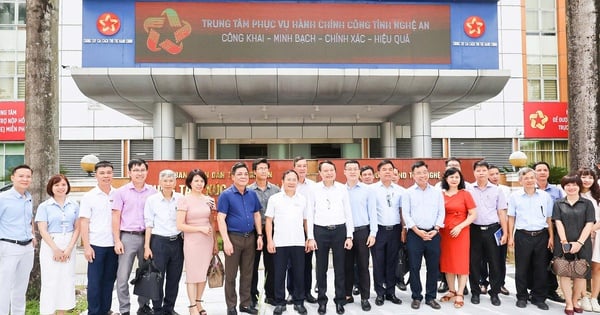

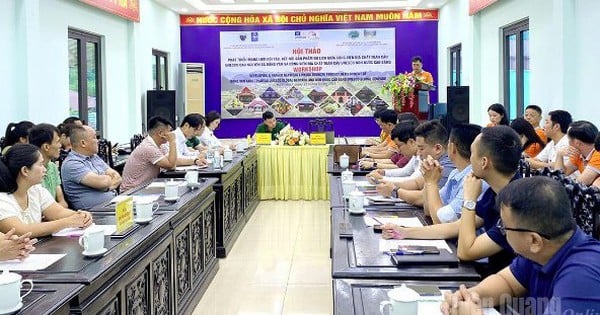

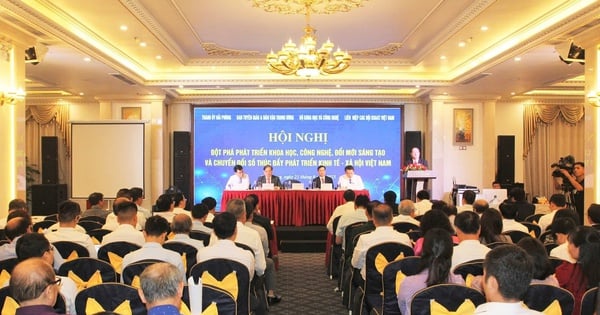
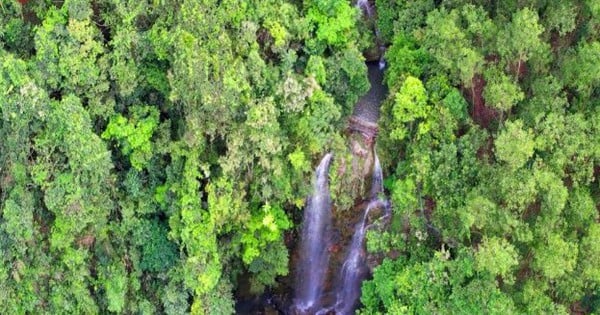
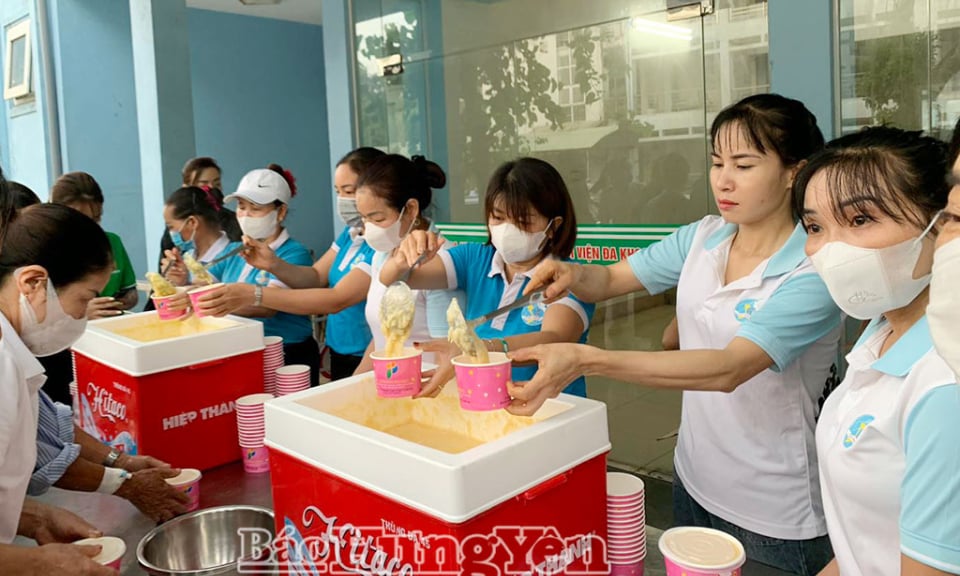

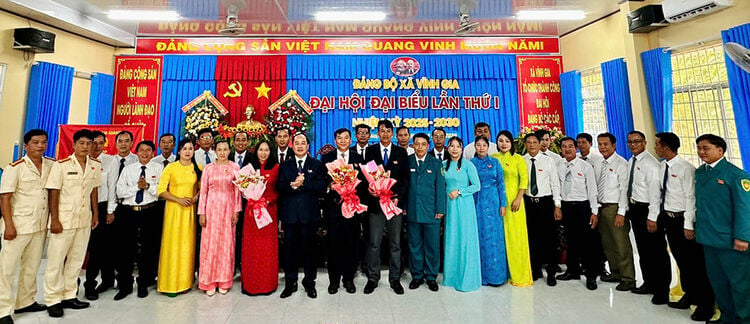





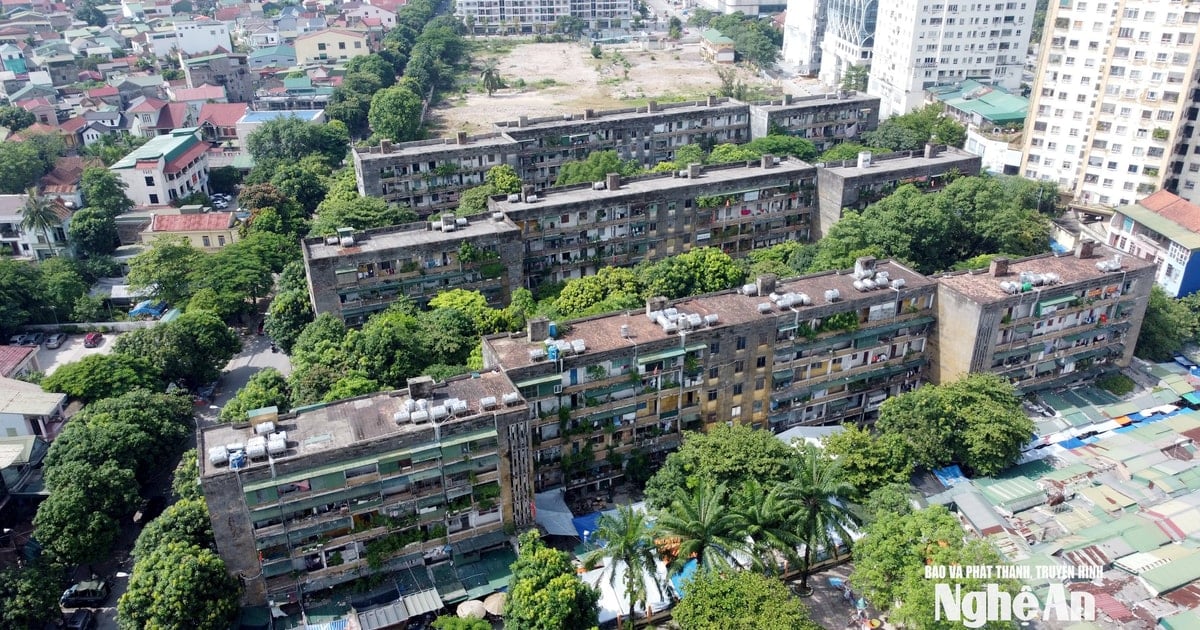








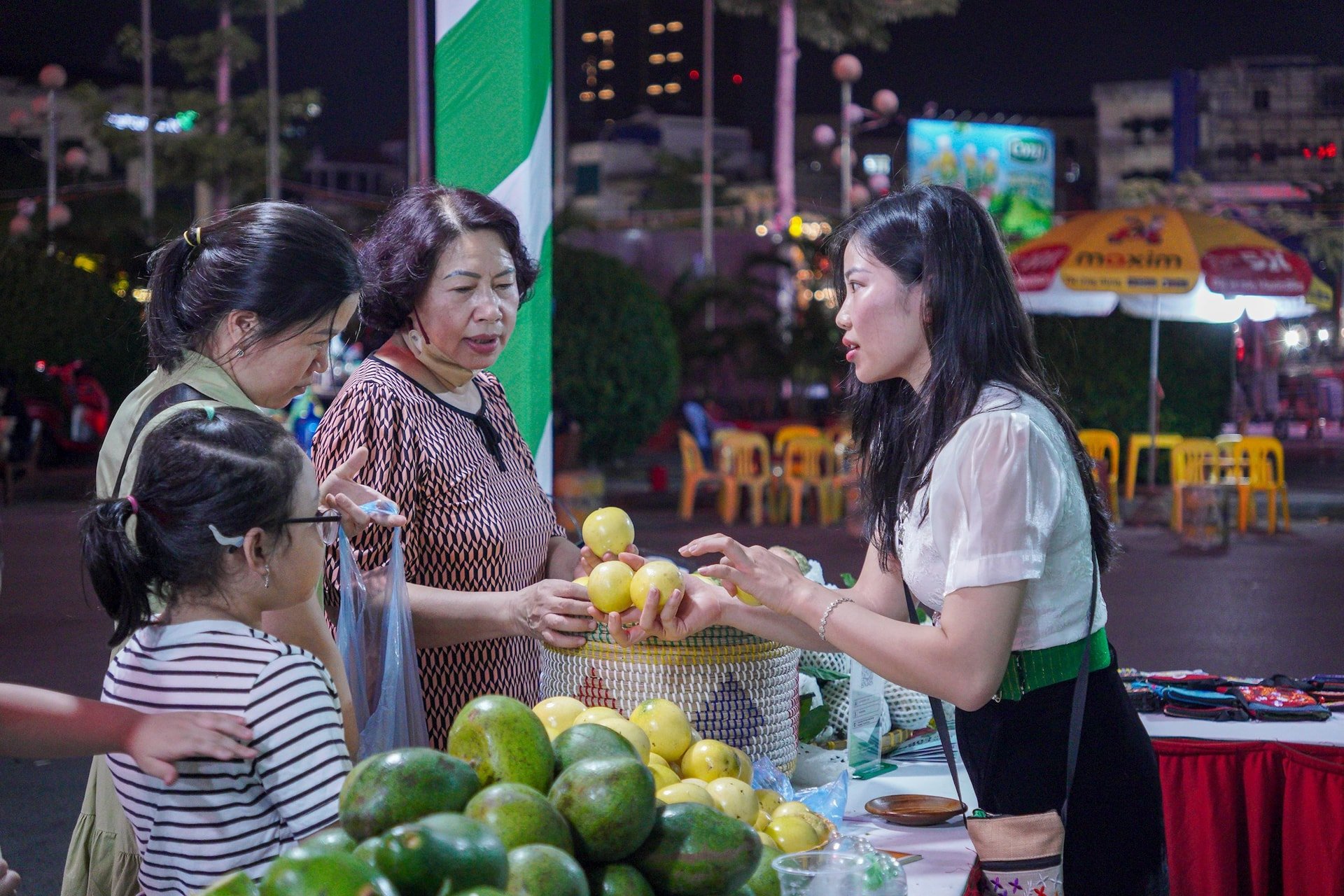






Comment (0)